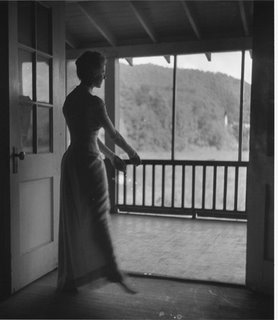Re-Viewing Black Mountain College a week away ...

(Click on the image for a larger, actually legible version)
I'll be joining a few other poets downtown at 5 Walnut for a reading at 9:45 pm Friday, and participating in a panel on the Black Mountain poets at UNCA at 1:30 Saturday. The full schedule is online at the Center website.

Labels: Black Mountain College, Black Mountain poets, BMCMAC















